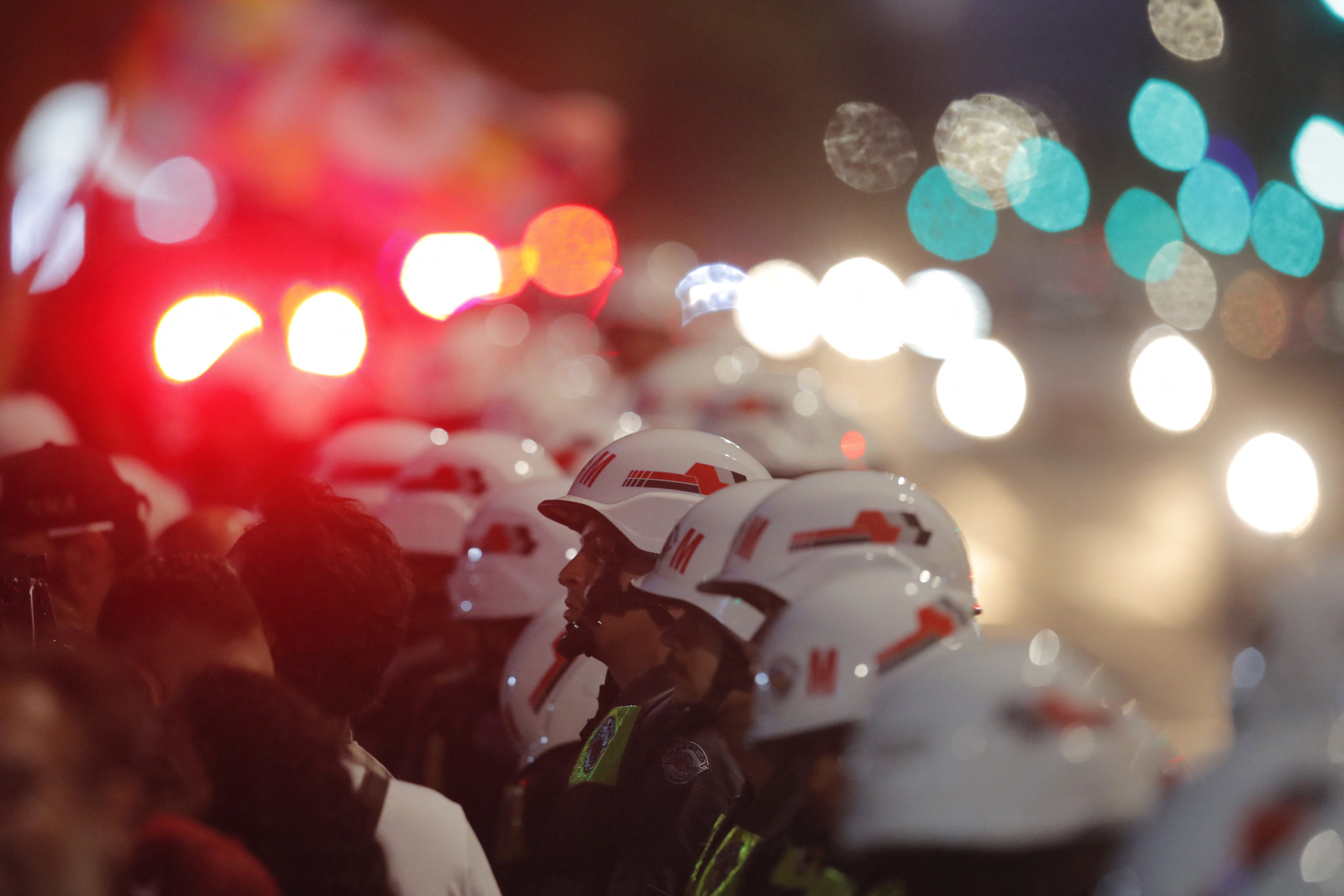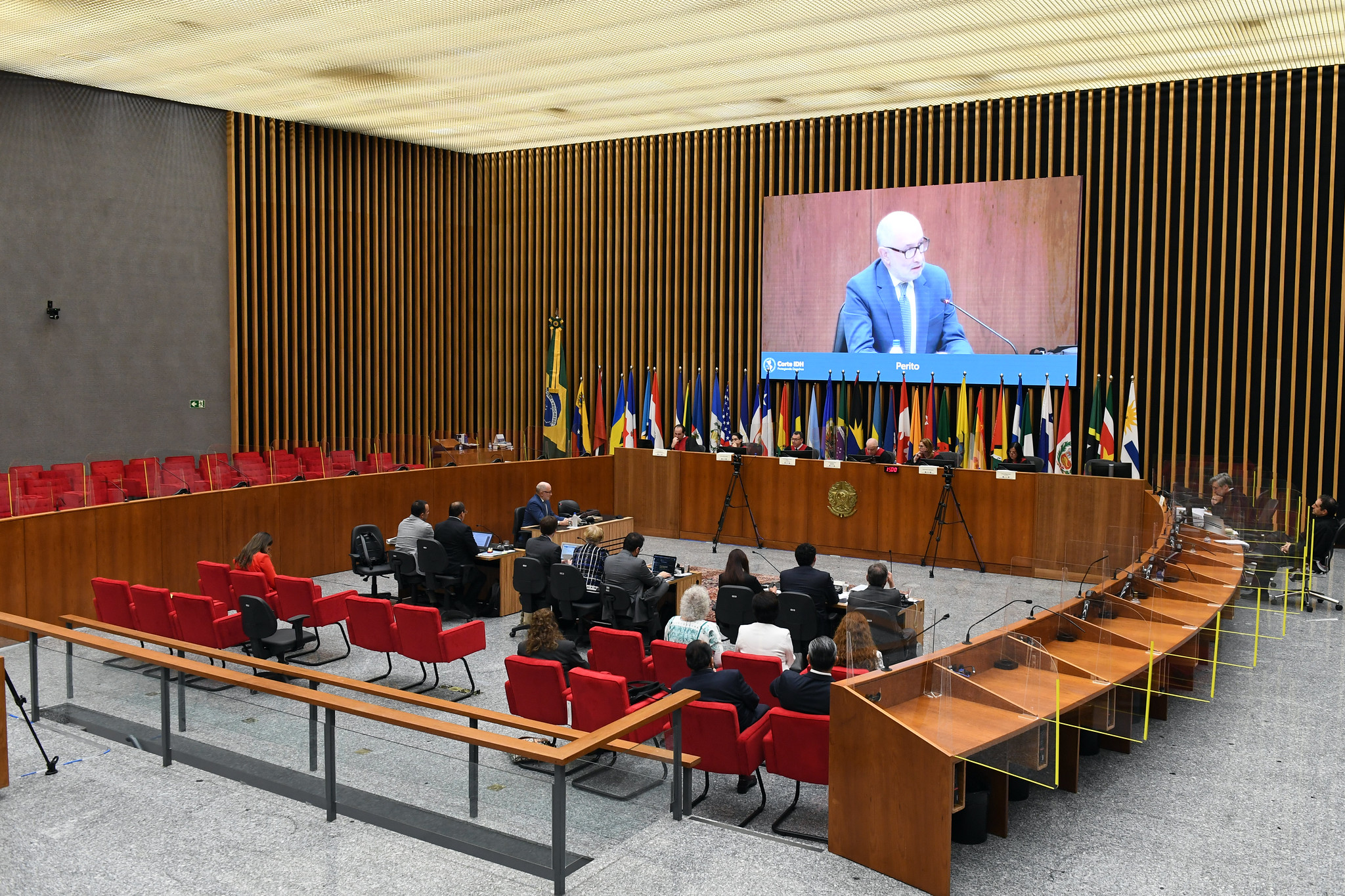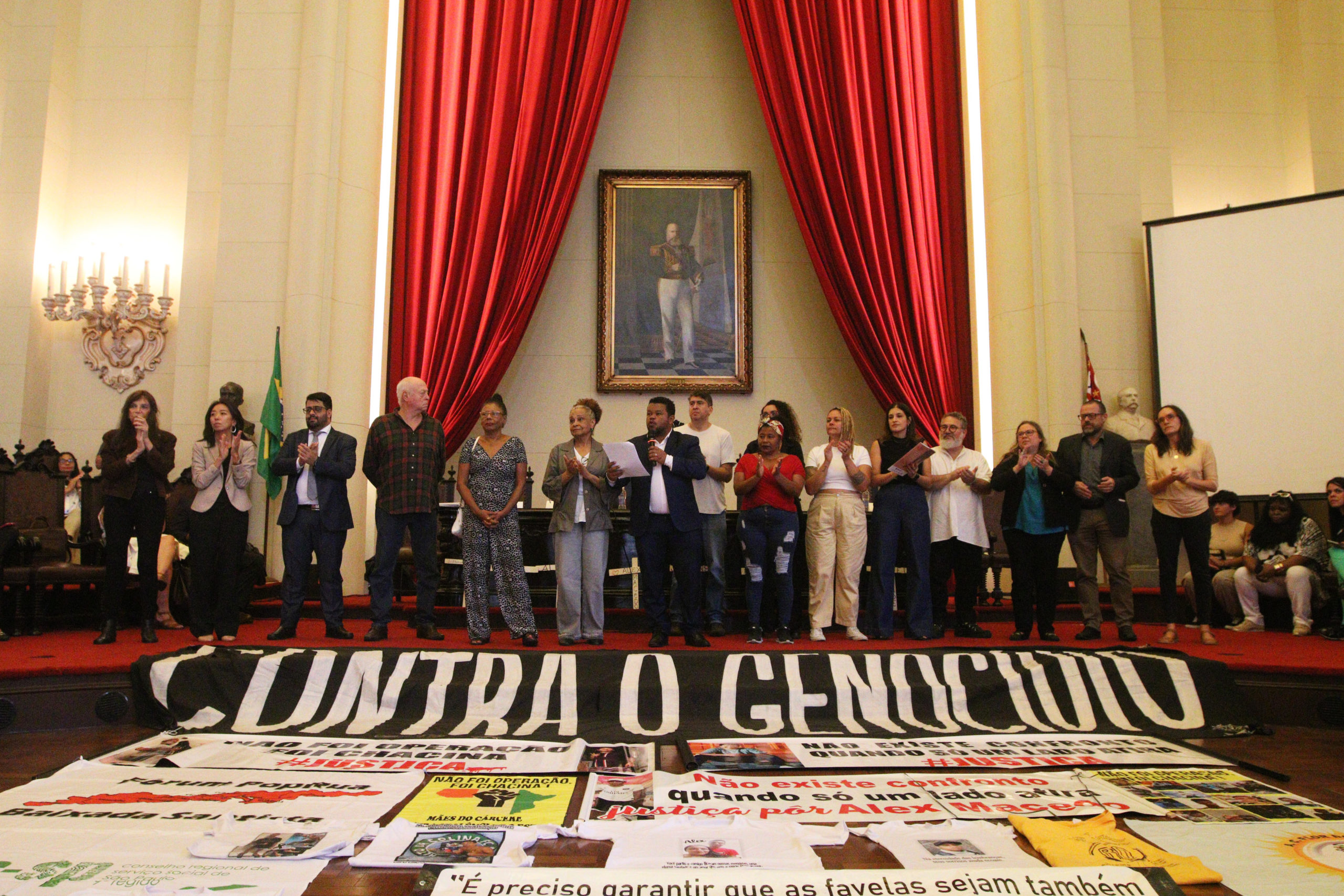Public statement :: Slow progress
Two months after the massacre in Greater São Paulo, the authorities still fail to convince that they are committed to solving the case
 Sixty days after the execution in cold blood of 19 people in the cities of Osasco and Barueri, the São Paulo state authorities have only managed to prove one thing: a lack of technical preparedness and political will to shed light on the facts and identify those responsible for the massacre.
Sixty days after the execution in cold blood of 19 people in the cities of Osasco and Barueri, the São Paulo state authorities have only managed to prove one thing: a lack of technical preparedness and political will to shed light on the facts and identify those responsible for the massacre.
The investigation has illustrated the conflict of duties between the Homicide Division of the Civil Police and the Internal Affairs Division of the Military Police. Even though they are allegedly working together in a joint task force, the two divisions have resisted sharing information, clashed over their respective roles and possibly hindered the production of a robust and comprehensive body of evidence.
As far as Conectas is concerned, recriminations between members of the regular and military justice systems, reports of procedural breaches and lack of transparency in the investigations threaten the real interest of the state government to provide convincing responses to the families of the victims and to society. The situation also illustrates the improvisation and lack structural preparedness of the police to investigate deaths resulting from police action – which is precisely why, more often than not, they go unpunished.
This kind of massacre would ordinarily demand a swift, accurate and responsible investigation, but the signs that the police were involved in the killings require an even greater degree of interest and precision in the examination into the facts.
According to information released by the press, the murders were committed by military police officers in retaliation for the killing of one of their colleagues just delays earlier, and the officers responsible for these deaths are also guilty of another 13 murders in the same region.
Given this situation of brutality, violence and lack of control, it is essential for the São Paulo State Public Prosecutor’s Office to fulfill its constitutional role in the control of police activity and rigorously and accurately investigate all the circumstances surrounding the deaths, identifying the culprits. Besides more effort by the Public Prosecutor’s Office, the Civil Police, which reports to the state governor and has the authority to conduct investigations, should examine the facts without fetters or constraints, regardless of the consequences that this may have and on whom they fall.
Structural changes
The number of deaths at the hands of the police has been rising in the state of São Paulo in recent years. According to the Public Security Department, a record number of people were killed the first six months of 2015 in alleged confrontations with on-duty police officers. The figure stood at 358 people (the highest number since 2003), or 9.8% more than the same period in 2014 – also the most violent year since 2003, when a total of 708 people were killed by on-duty police officers.
The connection of the police to massacres in Greater São Paulo, as well as the similarity with so many others that go unresolved due to lack of political will, demonstrates that death squads do indeed exist and are not exceptional phenomena like some official narratives would have us believe. This large number of killings and personal vindictiveness is only possible due to the military mindset – a results-driven and us-against-them mindset – under which Brazil’s security forces are trained.
In this regard, the massacre in Osasco and Barueri also places another obligation on the public authorities and on society: the urgent need to reform the model of militarized policing that still views citizens as potential enemies to combat. This reform of the policing model should be underpinned by at least four principles: the full-cycle of police work; a single career path; non-militarized policing; and independent ombuds offices and internal affairs units.
Without a real commitment to this structural change – recommended in the final report of the National Truth Commission – the police in Brazil and, more specifically, in the state of São Paulo, will continue to rank among the most violent in the world.
Furthermore, the link between forensic agencies and state public security departments urgently needs to be broken. Forensic agencies need to be autonomous and independent from the security forces, to guarantee that they are impartial and free from pressures, particularly in cases that involve other government agents.
Another important change is for the São Paulo government to improve the collection and systematization of data on massacres in the state. There is currently little transparency, or even standardization, on the official criteria used to establish when situations involving deaths are defined as massacres. The compilation of this type of data would help formulate public policies to prevent them and to hold the perpetrators accountable.


